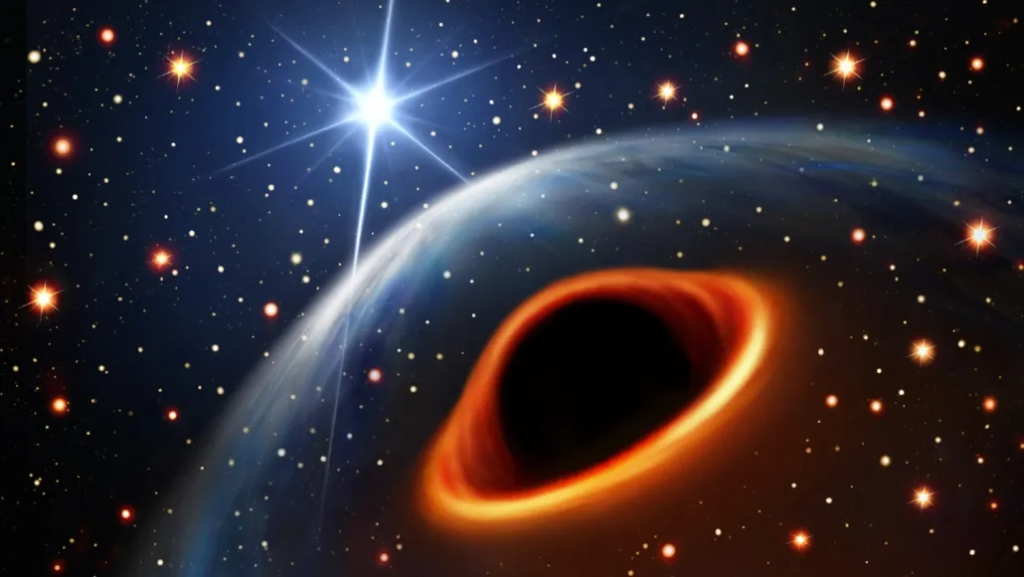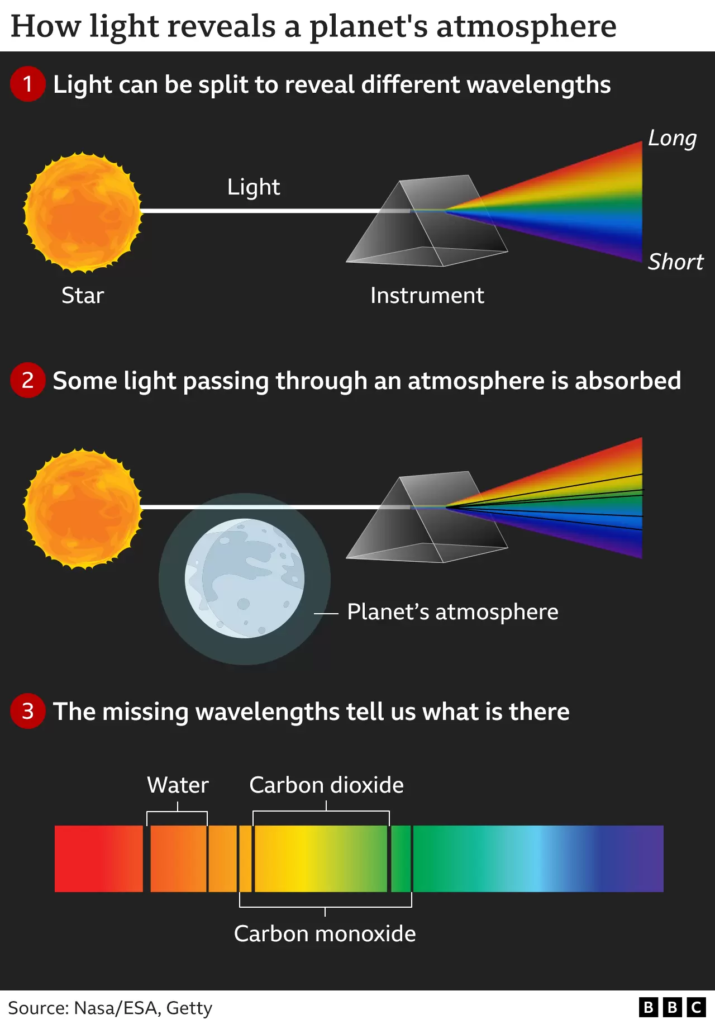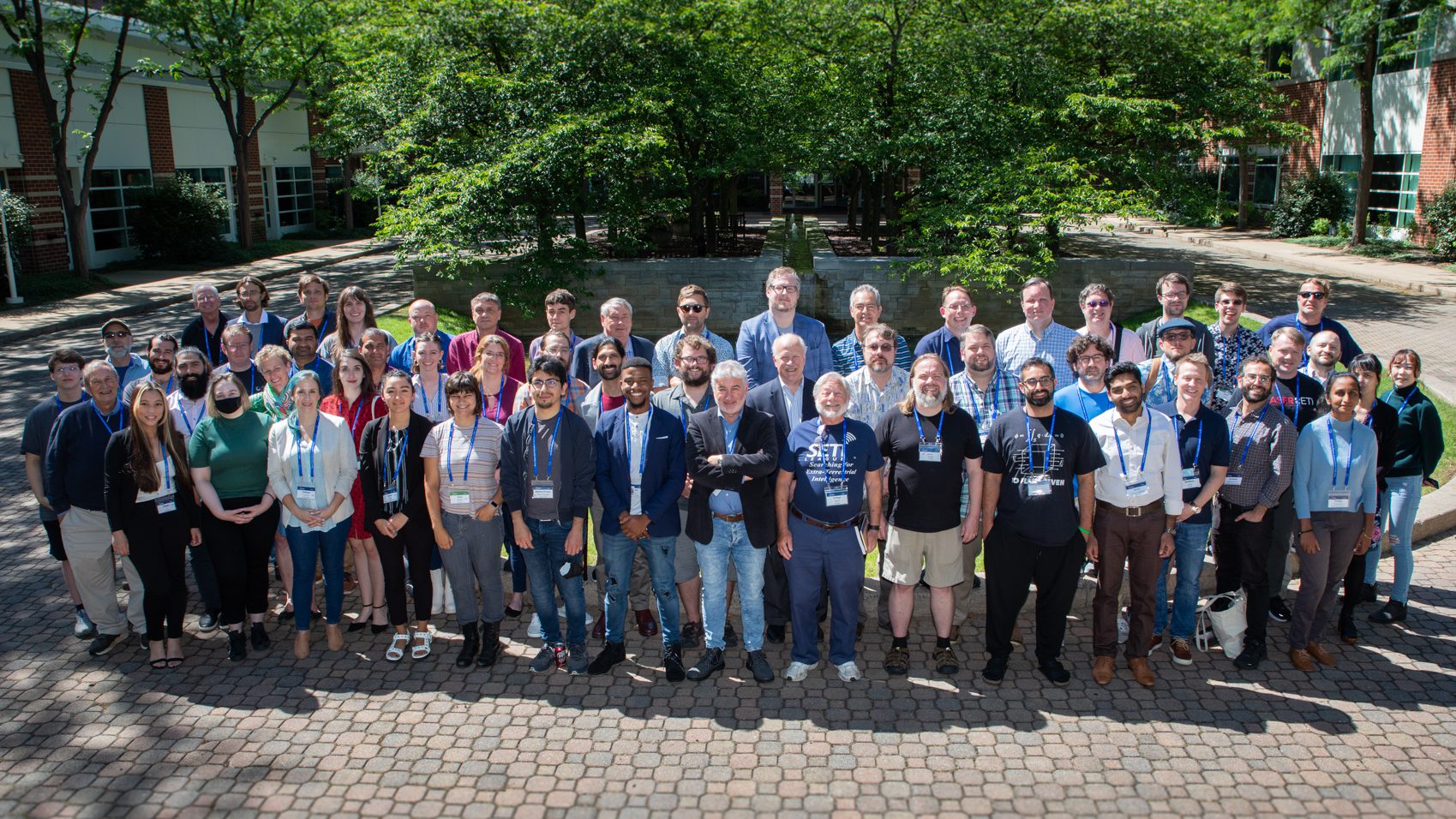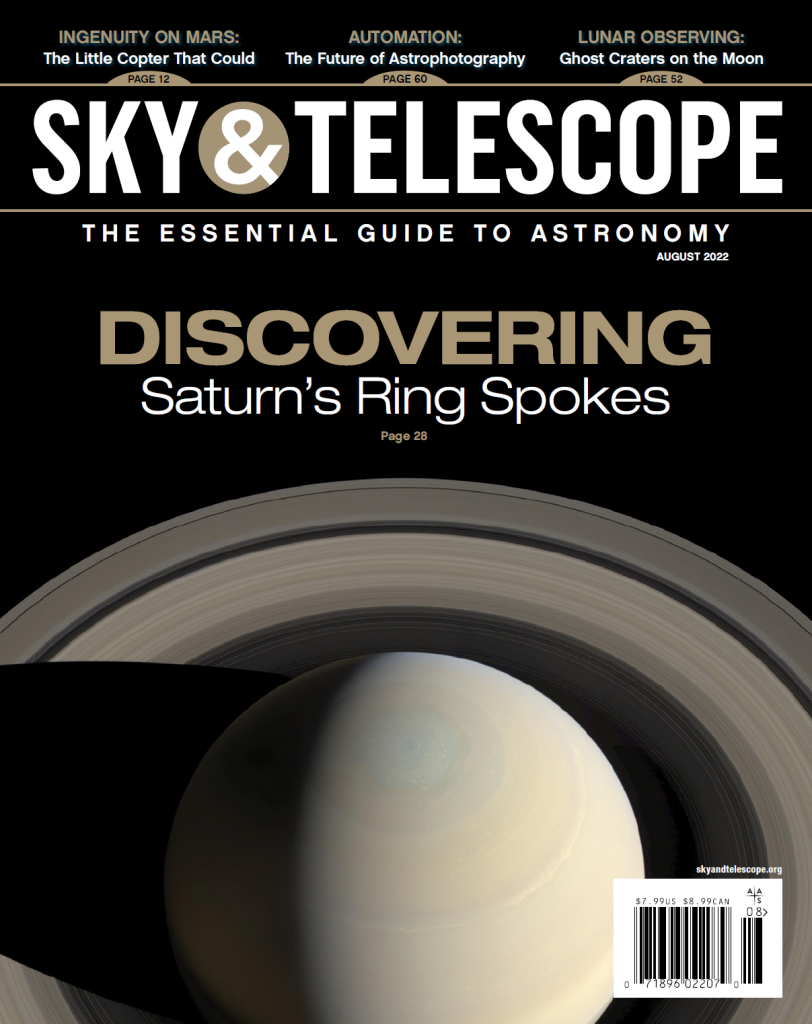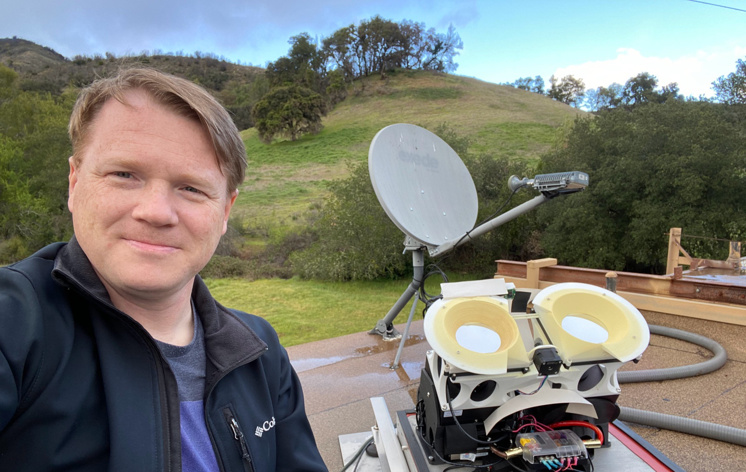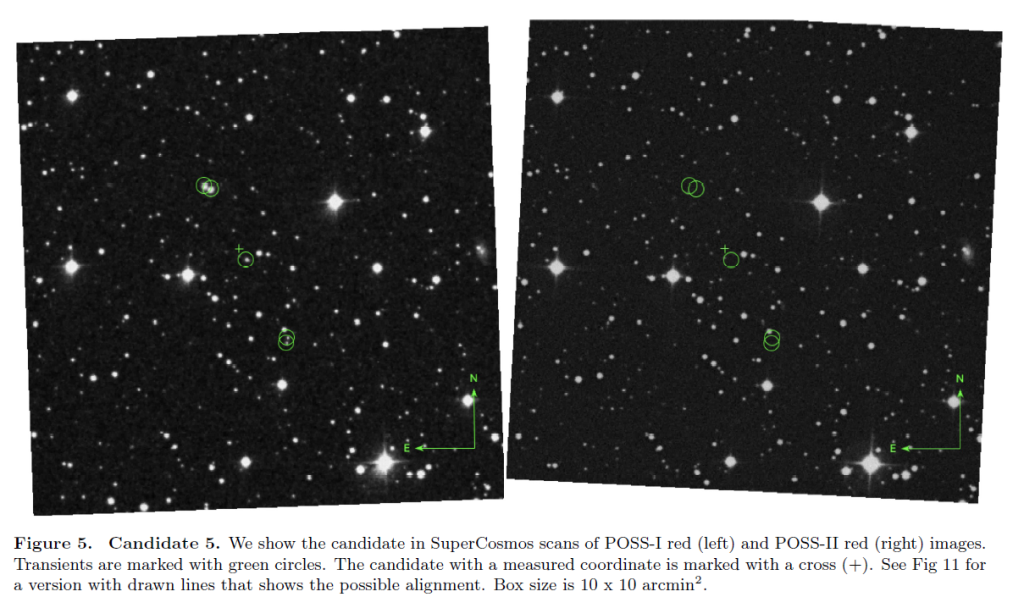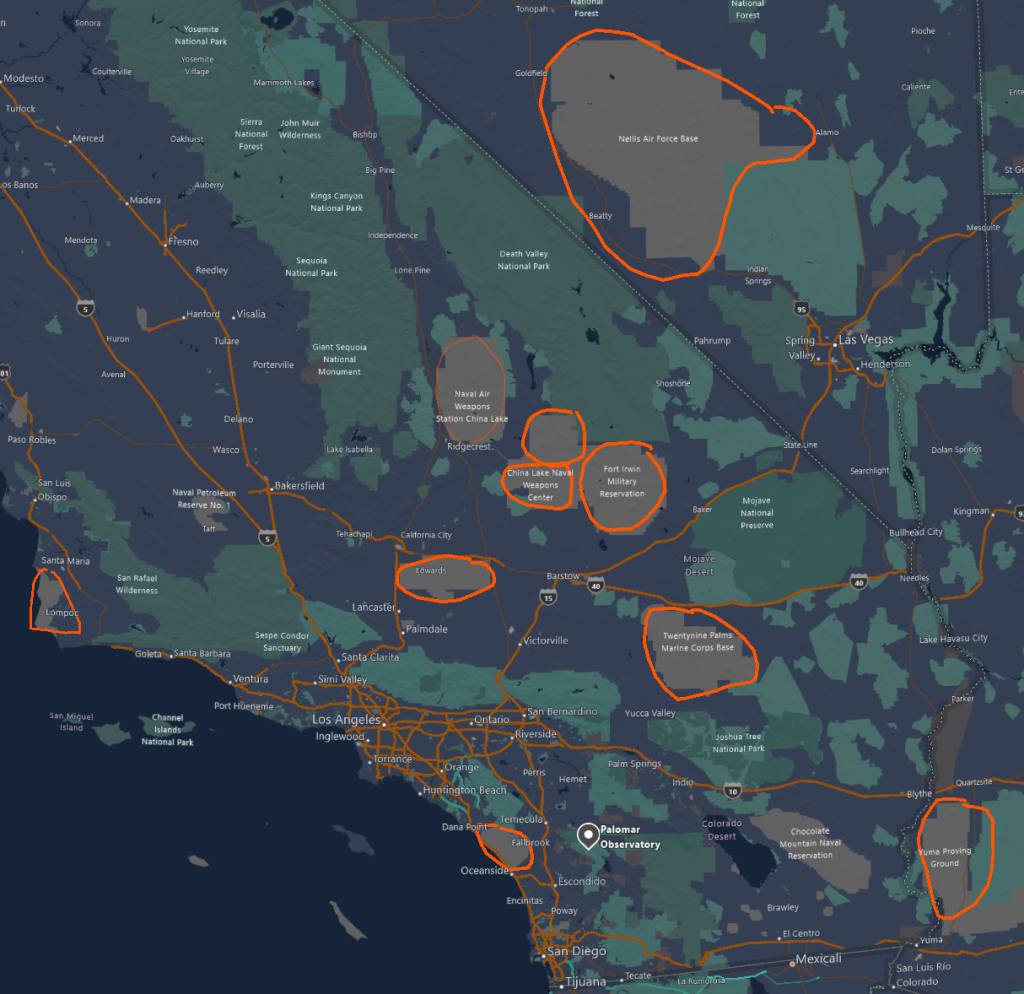Speaking to Humpbacks in Their Language
Humans have taught other species signals and words for millennia. Some of us have even barked back at a dog, meowed at cat, or mooed at a cow, wondering what–if anything–they understood from our attempt to reach them. Being able to communicate with another species in its own language has always eluded humanity and been a source of quiet discomfort for the SETI field: we can make “contact” with the existence of a signal, but would what we learn be limited?
Putting SETI aside for a moment, imagine the implications of being able to communicate with another species on Earth, especially one so different and clearly intelligent. Could we interfere with them less if we understood their perspective? Could they teach us to improve ocean conservation? What could we learn about human cognition, and intelligence in general, with insights from a second species?
Conversing with a Humpback Whale Named Twain

Only in this context can we begin to understand the magnitude and excitement of this accomplishment. In December of last year, I was in the room with Laurance and most of the SETI Institute’s other scientists. Many of us had given talks about our work, status of our projects, etc. Tons of great ideas and innovative projects. Then Dr. Laurance Doyle rose to give his talk, not just sharing but demonstrating that this breakthrough was forthcoming. Rarely am I in a room with so many distinguished scientists, but I looked around the room as he was walking off stage, and we all had this look on our faces as if we’d all brought our best biplanes to the hangar and Laurance had just pulled up in the shiny new jet plane he made.
On a personal level, I would like to add that I’ve known Laurance for over 20 years. Not only is he the kindest person you could hope to meet, but he’s been studying whales as long as I’ve known him, so this is a result of a huge amount of effort and dedication, which makes sense given the enormity of the task. He’s also one of the smartest people you could hope to meet. He’s not even a biologist actually. He’s a physicist, and one with some of the simplest and most interesting ideas that I’ve ever seen for studying the intersection of relativity and quantum physics, for example.
So, when I say “hats off” to my friend Laurance and his team, I mean the biggest hat to the most deserving person you can imagine!
For more information, I recommend:
- A recent talk by Dr. Doyle
- A Templeton Foundation article with video and links
- UC Davis podcast interview

